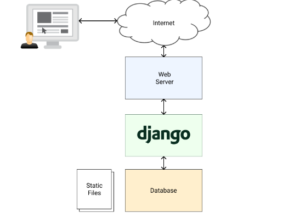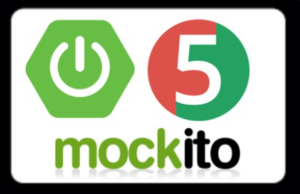Spring Data JPA is a popular Java framework that provides a convenient way to interact with relational databases in Java Full Stack applications. It simplifies database persistence by abstracting away many of the repetitive and boilerplate code typically associated with database operations. Here’s an overview of how to use Spring Data JPA for database persistence in Java Full Stack applications:
- Configure Database Connection:
Start by configuring the database connection in your application. Specify the necessary database driver, URL, username, and password in the application configuration file (e.g., application.properties or application.yml). - Define Entity Classes:
Create Java entity classes that represent the tables in your database. An entity class typically corresponds to a database table and includes annotations such as@Entity,@Table, and@Columnto define the mapping between the class fields and the database columns. - Define Repository Interfaces:
Create repository interfaces that extend theJpaRepositoryinterface provided by Spring Data JPA. These interfaces will define the database operations that can be performed on the corresponding entity class. Spring Data JPA provides a rich set of predefined methods for common database operations such as save, update, delete, and find. - Use Repository Methods:
Inject the repository interfaces into your Java Full Stack application components, such as services or controllers, using dependency injection. Use the repository methods to perform database operations. Spring Data JPA dynamically generates the necessary SQL queries based on the method names and parameters defined in the repository interface. - Customize Queries:
Spring Data JPA allows you to define custom queries using method names or annotations such as@Query. You can write JPQL (Java Persistence Query Language) or native SQL queries to retrieve data based on specific criteria. This gives you flexibility in querying the database while still leveraging the power of Spring Data JPA. - Handle Relationships:
If your database has relationships between tables, such as one-to-one, one-to-many, or many-to-many relationships, you can define these relationships in your entity classes using annotations such as@OneToOne,@OneToMany, and@ManyToMany. Spring Data JPA handles the cascading operations and loading of related entities. - Transaction Management:
Spring Data JPA integrates with Spring’s transaction management, allowing you to manage database transactions declaratively using annotations such as@Transactional. This ensures that your database operations are performed atomically and consistently. - Testing:
Write unit tests to verify the functionality of your Spring Data JPA repositories. Use tools like JUnit and Mockito to mock dependencies and perform database operations in a controlled environment. Test common scenarios, edge cases, and error handling. - Additional Features:
Spring Data JPA provides additional features such as pagination, sorting, auditing, and caching. Explore these features to enhance the performance and functionality of your Java Full Stack application.
By utilizing Spring Data JPA, you can streamline your database operations, reduce boilerplate code, and improve development productivity. It abstracts away the low-level details of JDBC and SQL, allowing you to focus on the application logic while still benefiting from efficient database persistence.




